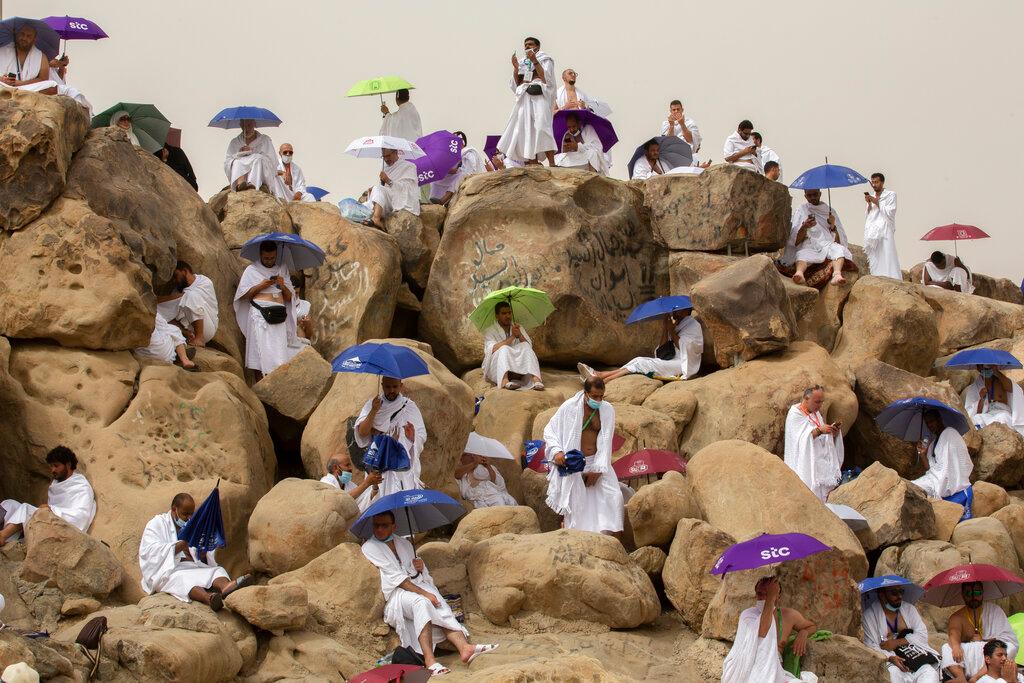Haj pilgrims face growing heatstroke risks
Climate scientists say that rising temperatures could 'compromise the very essence of Islam'.
Just In
As thousands of devout Muslims flock to Islam’s holiest sites in Saudi Arabia for the annual haj pilgrimage this week, scientists are warning that the sacred rite is under threat due to increasing temperatures every year.
The risk of pilgrims suffering life-threatening heatstroke could rise five-fold with global warming of 1.5 degrees Celsius above pre-industrial times, a study in the journal Environmental Research Letters has found.
“The region is already susceptible to dangerous heat levels. We found that even in the best-case scenario, where temperatures only go up by 1.5 degrees Celsius, pilgrims would still be under threat,” said Fahad Saeed, lead author of the study.
“It will compromise the very essence of Islam,” Saeed, regional lead scientist for Climate Analytics, a Berlin-based think tank, told Reuters.
The haj, a once-in-a-lifetime duty for every able-bodied Muslim who can afford it, involves several strenuous outdoor activities, including praying outside and walking from one religious site to another during the day.
The risk of heatstroke stems not just from rising temperatures, but from more humidity – which prevents sweat from evaporating as quickly, making it harder to cool down.
To guard against the coronavirus, only 60,000 pilgrims are visiting the main sites from July 17 to 22 this year, in temperatures of about 36 degrees to 43 degrees.
Climate Analytics found that July, August, September, and October will have the deadliest combination of heat and humidity – months during which the haj, which follows the Islamic lunar calendar, is set to fall for the next decade.
Saudi authorities are tackling the heat threat, with a 2016 National Haj Extreme Heat Strategy pledging air conditioning and fans in all indoor places and adequate water, as heat illnesses made up 24% of hospital admissions during 2015’s haj.
After allowing only 10,000 pilgrims to attend last year, the haj has expanded this year but only to citizens and residents, aged 18 to 65, who have been fully vaccinated or have recovered from the virus and who do not suffer from chronic diseases.
The ministry of health announced it had provided misting fans across religious sites and a nearby hospital would be equipped with a 24-hour heat exhaustion unit.
Limiting numbers to decrease the risk of spreading Covid-19 has also barred those most at risk of heatstroke, while fewer pilgrims mean cooling units can work more effectively.
“There are lower numbers this year but in normal years the haj brings two million people to a confined place. The risk would be higher,” said Saeed.
The study’s authors said Muslim countries should consider more actively working to curb climate-changing emissions under the Paris Agreement “in order to avoid profound risks for one of the central elements of their faith”.
“Climate action could save this heritage,” Saeed said.
Subscribe to our newsletter
To be updated with all the latest news and analyses daily.
Most Read
No articles found.
